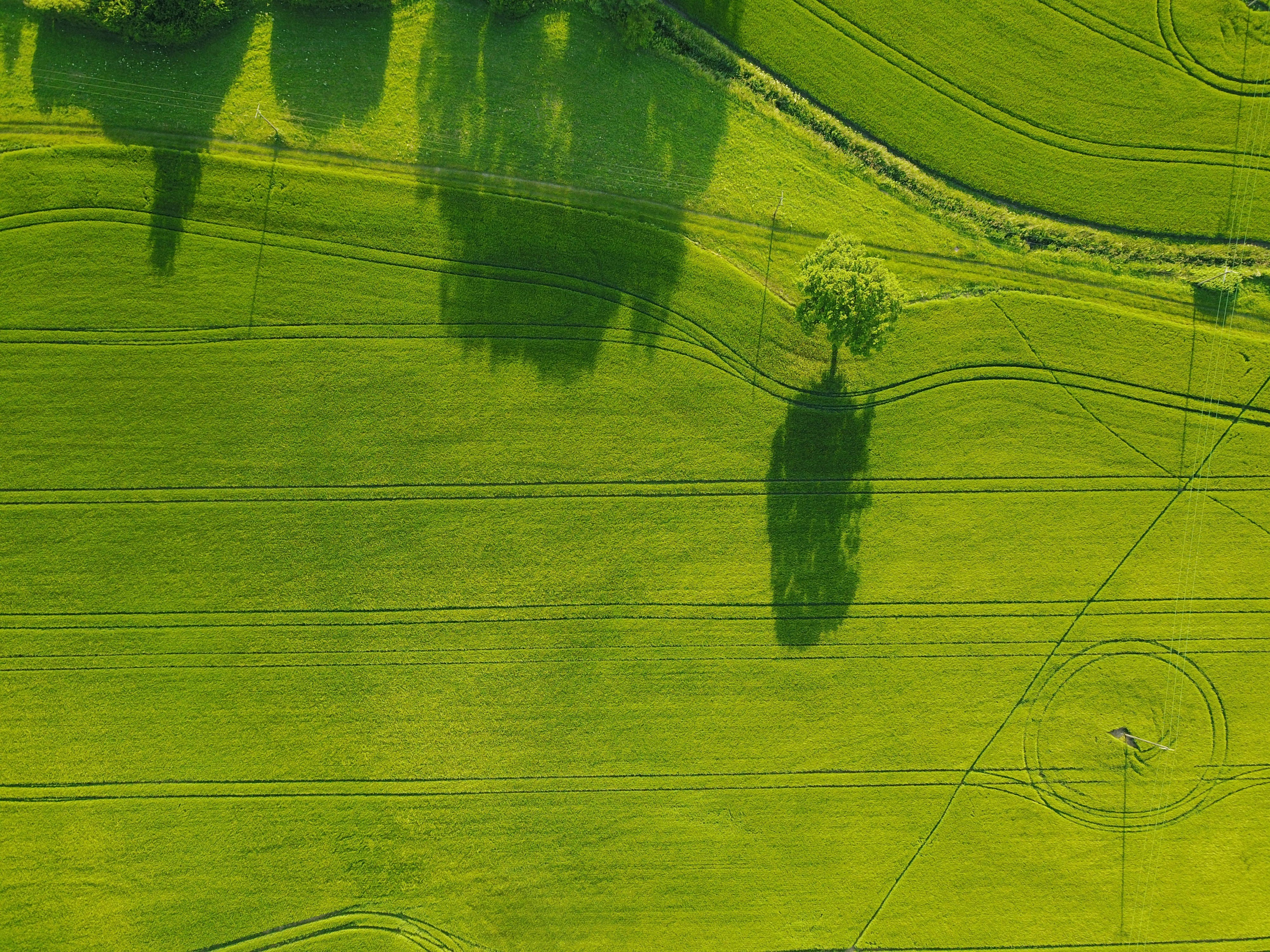Key Takeaways
- Innovative Use of Satellite Remote Sensing: Researchers and geospatial scientists increasingly use satellite remote sensing for land observation and agricultural monitoring.
- Tackling Food Shortages: The technology responds to global food shortages exacerbated by population growth and climate change.
- Crop Genotype Identification via Computer Vision: Remote sensing aids in identifying resilient crop genotypes in harsh conditions and less prone to disease.
- Groundbreaking Study on Wheat Genotypes: A new study focuses on identifying wheat crop genotypes using multispectral radiometer data.
- High Accuracy with Machine Learning Models: Artificial Neural Networks (ANN) and Random Forest algorithms show promising results with up to 97% accuracy in genotype identification.
In a groundbreaking study by Jamil et al. (2023), satellite remote sensing is championed as a key tool in the fight against global food shortages. This technology, widely accessible due to its free data availability, is proving to be a game-changer in agriculture, especially in monitoring and enhancing crop production.
Addressing Global Food Challenges
The world is facing significant food production challenges due to a rapidly growing population and the effects of climate change. This situation calls for innovative solutions to ensure food security. One promising avenue is the cultivation of various crop genotypes that can thrive in adverse climatic conditions, yield more, and are less susceptible to diseases.
The Role of Remote Sensing in Agriculture
Remote sensing, through satellite imagery and computer vision, is proving to be an invaluable tool in identifying these resilient crop genotypes. While remote sensing has been successfully used for differentiating objects, crops, and land covers, its application in classifying crop genotypes remains relatively unexplored and holds immense potential.
Breakthrough in Wheat Crop Research
Jamil et al. conducted a specific study on three wheat crop genotypes: Aas-‘2011’, ‘Miraj-‘08’, and ‘Punjnad-1’. The study marks a significant step in precision agriculture by preparing fields and collecting temporal data through an advanced multispectral Radio Meter.
Leveraging Machine Learning for Precision
The study used machine learning models, including ANN and Random Forest, to analyze the collected data. Remarkably, these models achieved high accuracy rates – approximately 97% for ANN and 96% for Random Forest – in identifying the wheat genotypes.
Implications for Agricultural Policy
These findings have significant implications for agricultural policy and practice. Digital policymakers in the agriculture sector are encouraged to adopt these technologies to identify different crop genotypes in research centers and farmers' fields. This approach can lead to more targeted and efficient resource use, optimizing crop yield and quality.
Read the complete study here.
Photo by Aerial Nomad on Unsplash



1 Comment